Maus Contemporary
YOSHISHIGE FURUKAWA (1921 - 2008)
“I am most interested in developing a visual space with color and forms on a visual plane. I start with the physical materials that a painter uses and then make changes based on intuition and on my reactions to the forms and colors present. When I am out walking, I may see a road, a construction site, working people, a tree, or the sky, and I try to incorporate the feeling of these visual physical things in my work. All of them have the power to cause me to ponder the relationship between the physical shape or material and mental reaction. Other influencing factors include the weather or conditions affected by time, body or even the sound of wind.”
- Yoshishige Furukawa, 1997
Japanese artist Yoshishige Furukawa’s paintings shown on this page date from the 1960’s to the mid-1970s, created while living in New York, where the artist moved to from Japan in 1963.
The selection of works includes examples of the artist’s 1960s dot paintings, followed by work clearly showing a shift in the artist’s practice - from a traditional, paint-based, to a process-based, minimalist approach, which ultimately culminates in the artist’s series of process-based object paintings from 1972 to 1976. The non-color of black and the solid sense of the materials used such as canvas or rubber, reflect a rather reticent and ascetic impression of 1970’s art. Despite this, the various variations that were woven by the often geometric forms, continued to evoke dynamic senses of motion and expression that were alike in appearances but different in nature from the regularly repetitive element inherent to Minimalism.
Yoshishige Furukawa (b. 1921 in Fukuoka, Japan; d. 2008 in Kanagawa, Japan) earned his BFA in painting at the Tokyo School of Fine Arts (now Tokyo University of the Arts) in 1943. He moved to the United States in 1963, and spent the subsequent decades between the United States and his native Japan.
Furukawa’s work was the subject of two major retrospectives at the Fukuoka Prefectural Museum of Art in 1992 and 2015, and his work is included in numerous important Japanese Museum collections, including the Tokyo National Museum of Modern Art in Tokyo; the Osaka National Museum of Art in Osaka; the Kyoto National Museum of Modern Art in Kyoto; the Fukuoka Art Museum in Fukuoka; the Kitakyushu Museum of Art; the Saitama Museum of Modern Art in Saitama; and the Saga Prefectural Art Museum; amidst others.
His work has been exhibited in the U. S. and Japan throughout his life, including the Albright-Knox Museum in Buffalo, NY in 1991.
He’s the recipient of numerous important grants, twice from the Pollock-Krasner Foundation (1990 and 1997).
Maus Contemporary represents the Estate of Yoshishige Furukawa (1921 - 2008).
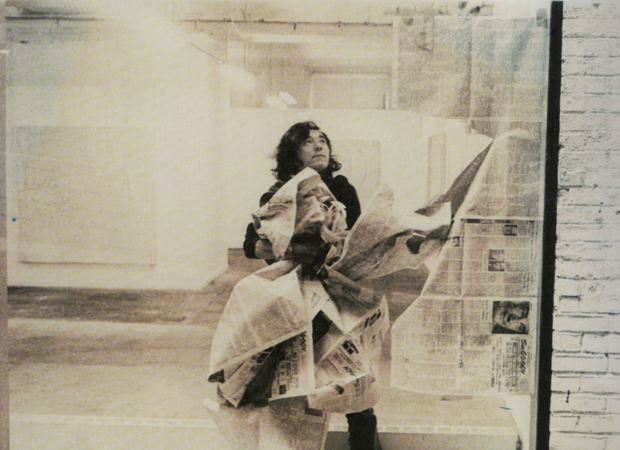 the artist in NY, 1972
the artist in NY, 1972
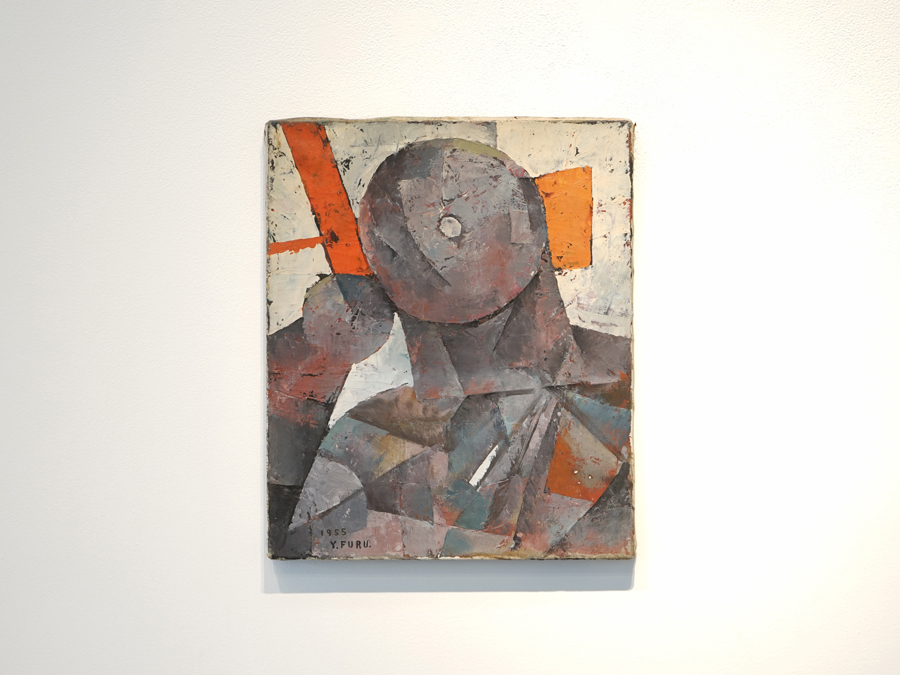 The Thinker, 1955
The Thinker, 1955
Yoshishige Furukawa
The Thinker
1955
oil on canvas
45,7 by 38,1 cm
18 by 15 in.
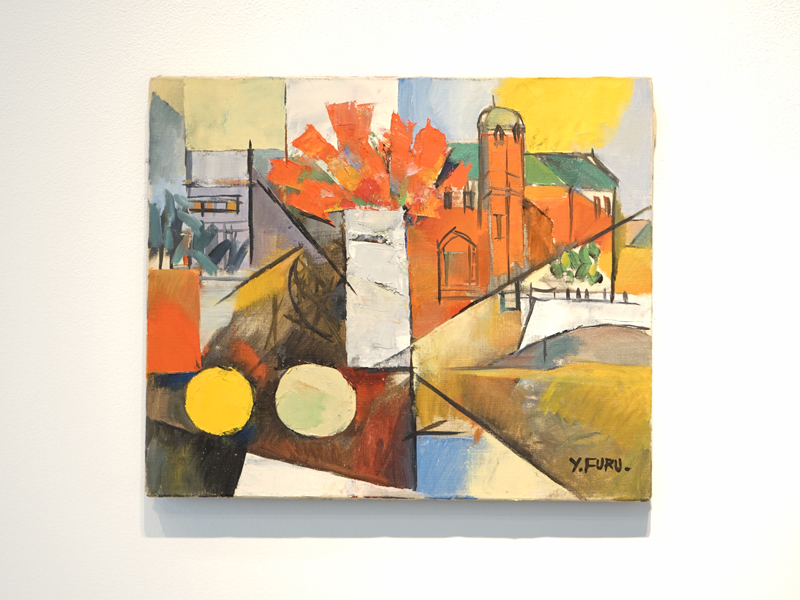 Untitled (landscape), 1958
Untitled (landscape), 1958
Yoshishige Furukawa
Untitled (landscape)
1958
oil on canvas
38,1 by 45,7 cm
15 by 18 in.
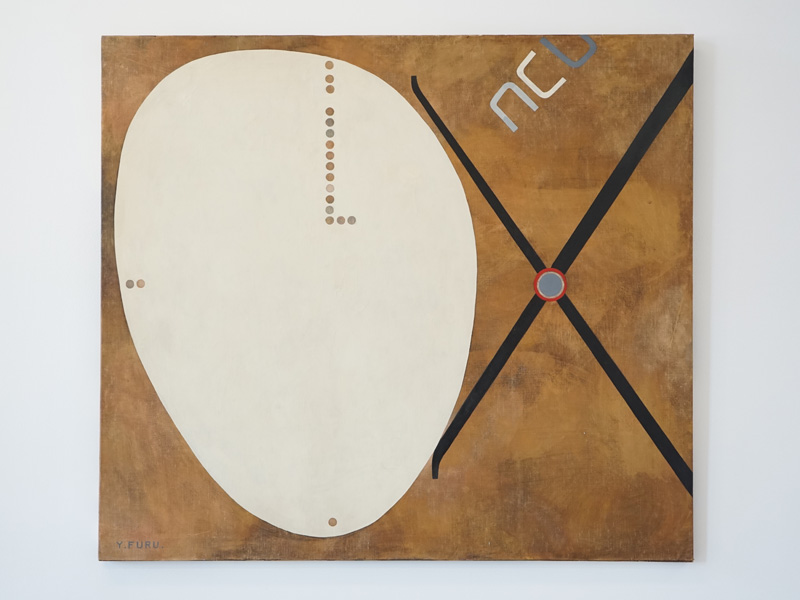 Untitled, 1962
Untitled, 1962
Yoshishige Furukawa
Untitled
1962
oil on canvas
131 by 147,6 cm
51.6 by 58.1 in.
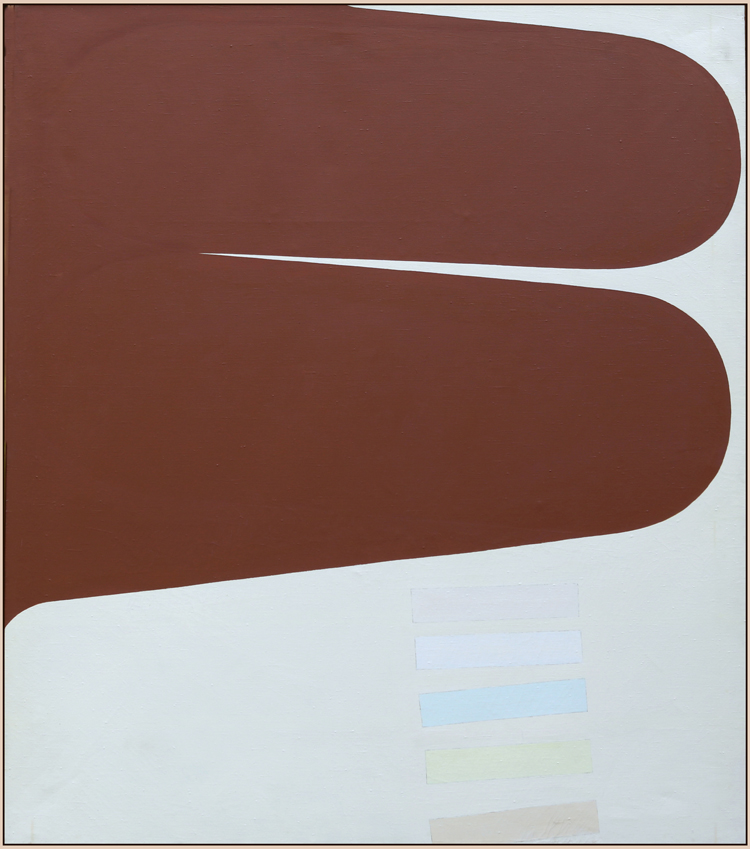 Untitled, 1965
Untitled, 1965
Yoshishige Furukawa
Untitled
1965
acrylic on canvas
148,8 by 130,2 cm
65.6 by 51.25 in.
 Untitled, 1966
Untitled, 1966
Yoshishige Furukawa
Untitled
1966
acrylic on canvas
166 by 174 cm
65.75 by 68.5 in.
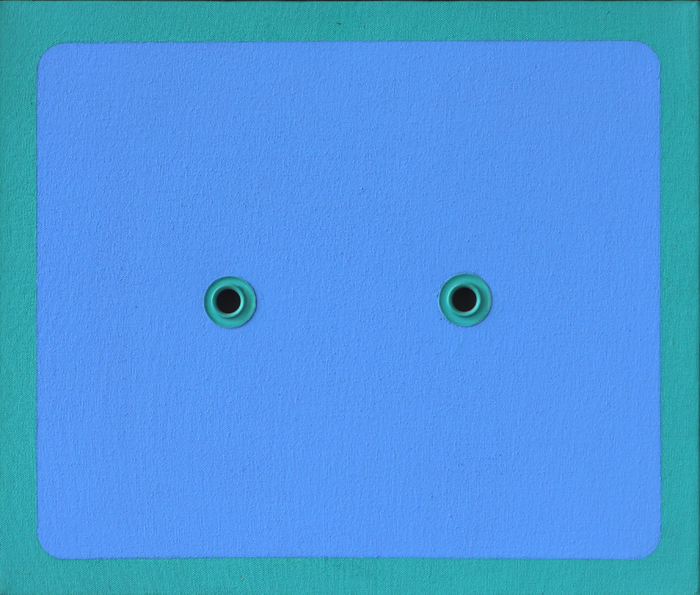 Untitled, 1971
Untitled, 1971
Yoshishige Furukawa
Untitled
1971
enamel, metal grommets, and acrylic on canvas
30,5 by 35,6 cm
12 by 14 in.
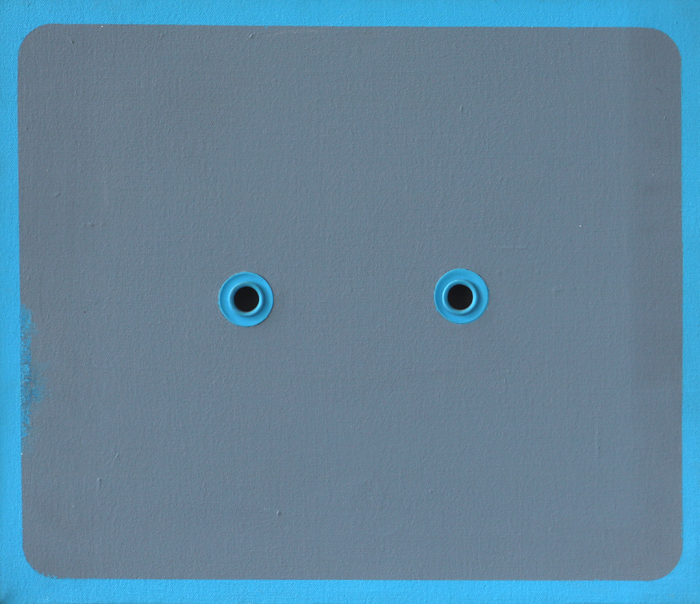 Untitled, 1971
Untitled, 1971
Yoshishige Furukawa
Untitled
1971
enamel, metal grommets, and acrylic on canvas
30,5 by 35,6 cm
12 by 14 in.
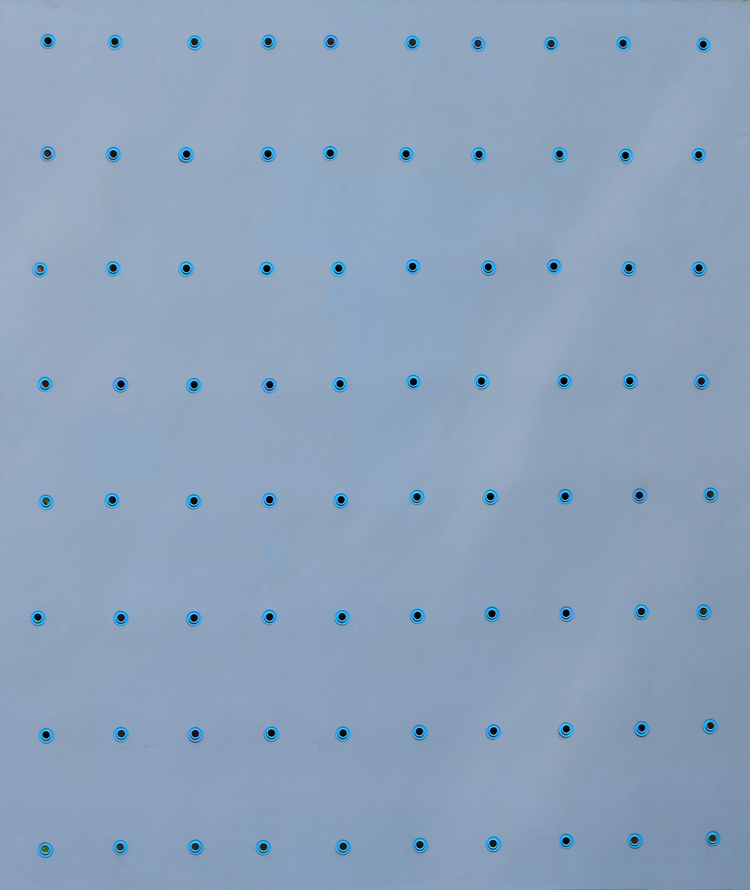 Untitled, 1971
Untitled, 1971
Yoshishige Furukawa
Untitled
1971
enamel, metal grommets, and acrylic on canvas
165,4 by 140,3 cm
64.8 by 55.25 in.
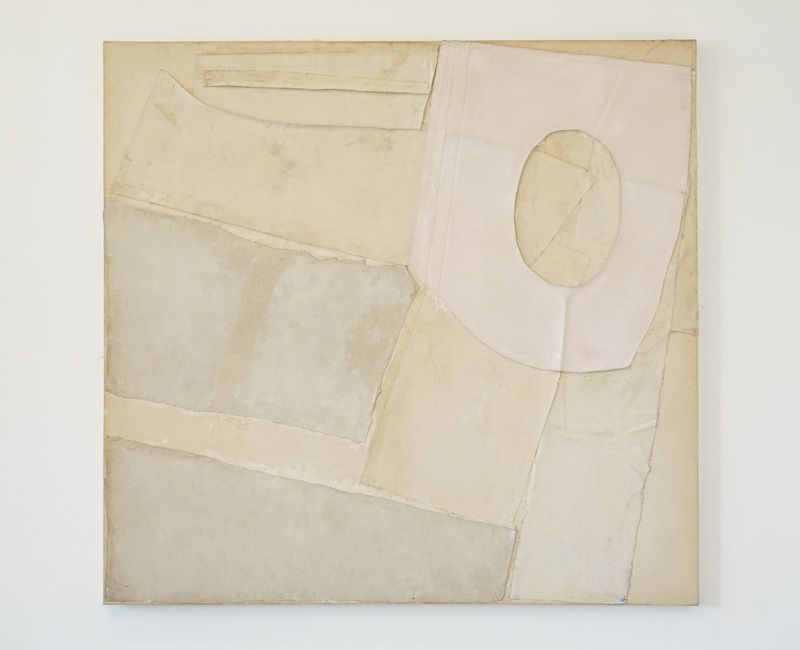 Untitled, 1971
Untitled, 1971
Yoshishige Furukawa
Untitled
1971
acrylic and canvas collage on canvas
168 by 174 cm
66.1 by 68.5 in.
This painting is illustrated in the 1992 Museum publication
"Yoshishige Furukawa - Retrospective of His 30 Years in New York" (plate 20),
published in March 1992 by the Fukuoka Art Museum.
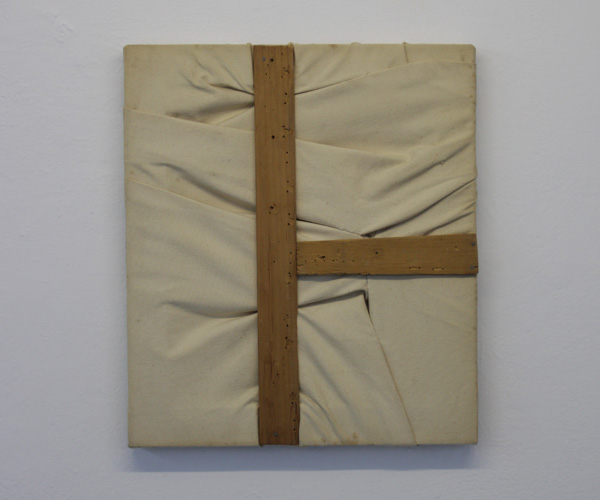 Untitled, 1972
Untitled, 1972
Yoshishige Furukawa
Untitled
1972
canvas, wood
41 by 36 cm
16.2 by 14.2 in.
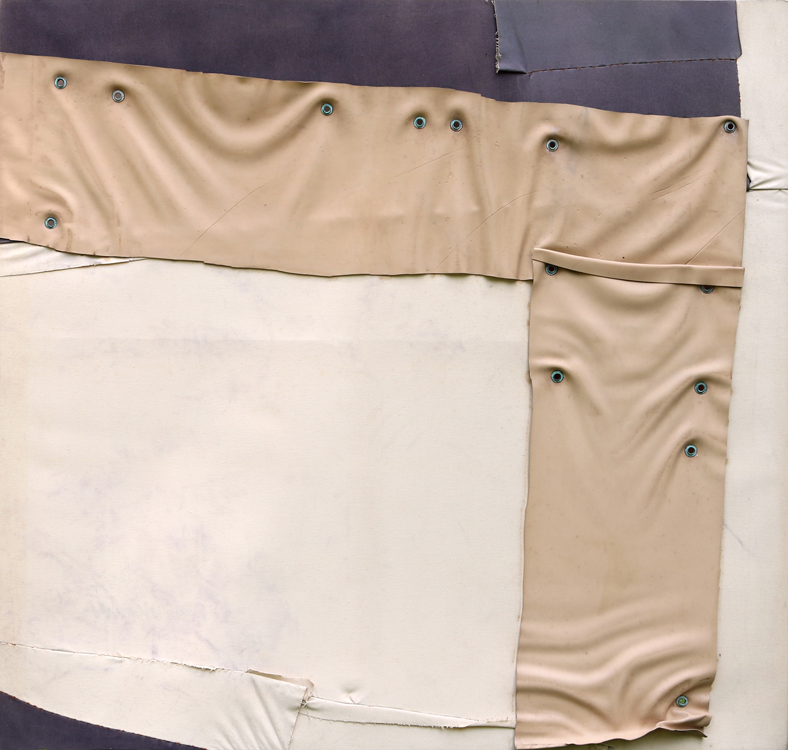 Untitled, 1972
Untitled, 1972
Yoshishige Furukawa
Untitled
1972
canvas, thread, metal grommets, and industrial rubber on canvas
165,5 by 175 cm
65,2 by 68.8 in.
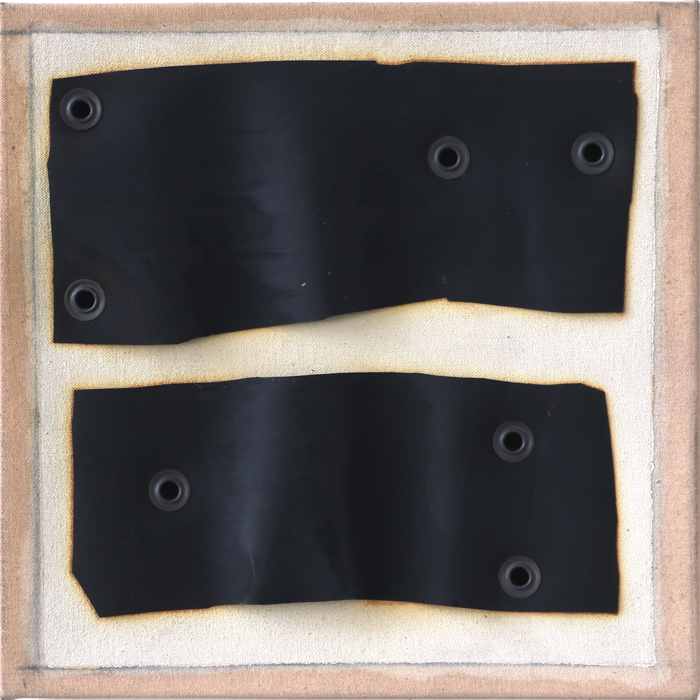 Untitled, 1972
Untitled, 1972
Yoshishige Furukawa
Untitled
1972
acrylic, industrial rubber, metal grommets, and graphite on canvas
29,5 by 29,5 cm
11.6 by 11.6 in.
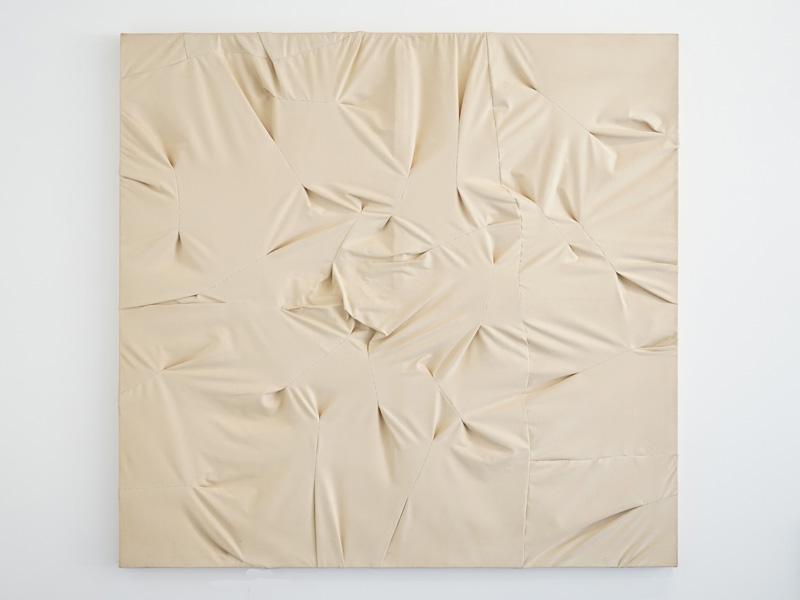 Untitled, 1973
Untitled, 1973
Yoshishige Furukawa
Untitled
1973
canvas, thread, metal
182 by 191 cm
71.7 by 75.2 in.
 Untitled, 1974
Untitled, 1974
Yoshishige Furukawa
Untitled
1974
industrial tarp, metal grommets, canvas, metal, thread
182 by 229 cm
71.7 by 90.2 in.
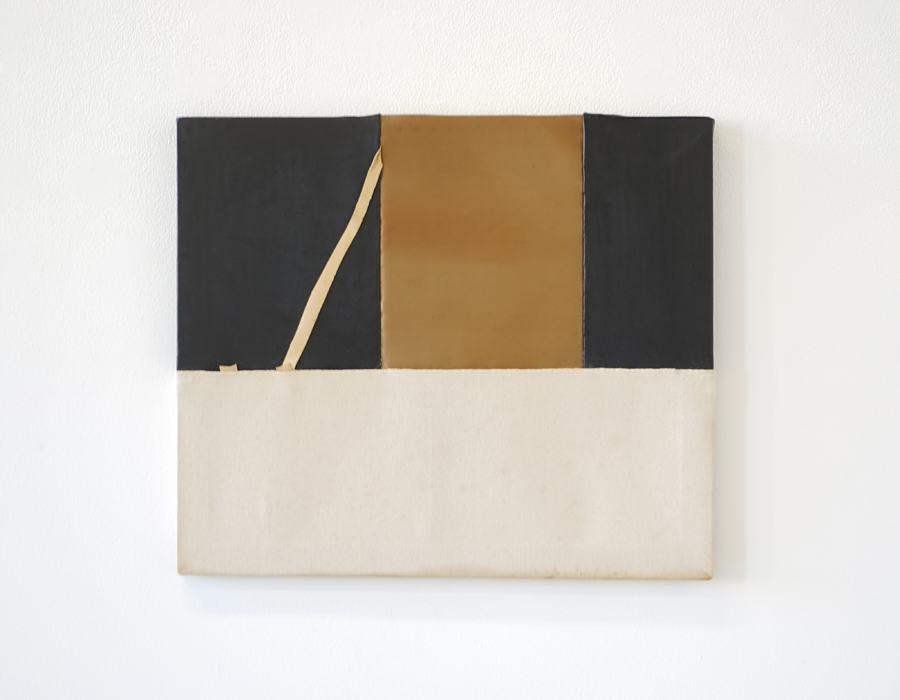
Yoshishige Furukawa
D-4
1975
industrial rubber, thread, canvas
45,7 by 53 cm
18 by 20 7/8in.
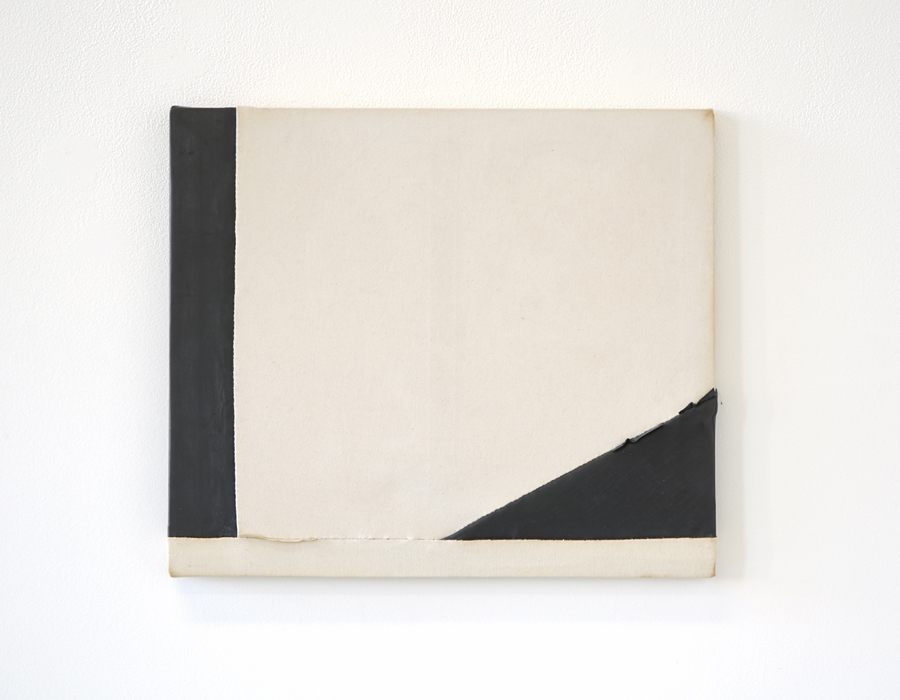
Yoshishige Furukawa
D-7
1975
industrial rubber, thread, canvas
45,7 by 53 cm
18 by 20 7/8in.
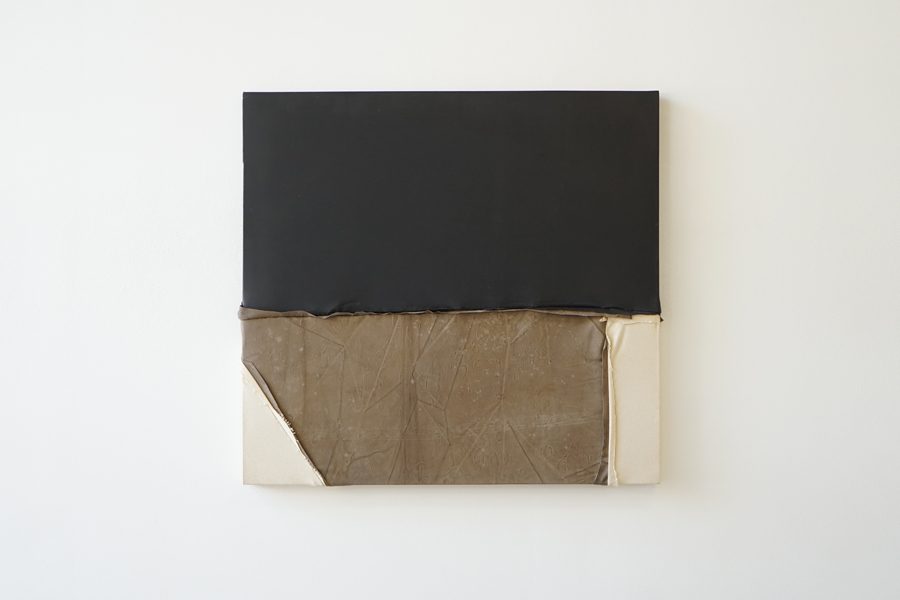 C-11, 1976
C-11, 1976
Yoshishige Furukawa
C-11
1976
industrial rubber, canvas, thread
84 by 89,5 cm
33.1 by 35.2 in.

Yoshishige Furukawa
D-11
1976
industrial rubber, thread, canvas
45,7 by 55.9 cm
18 by 22in.
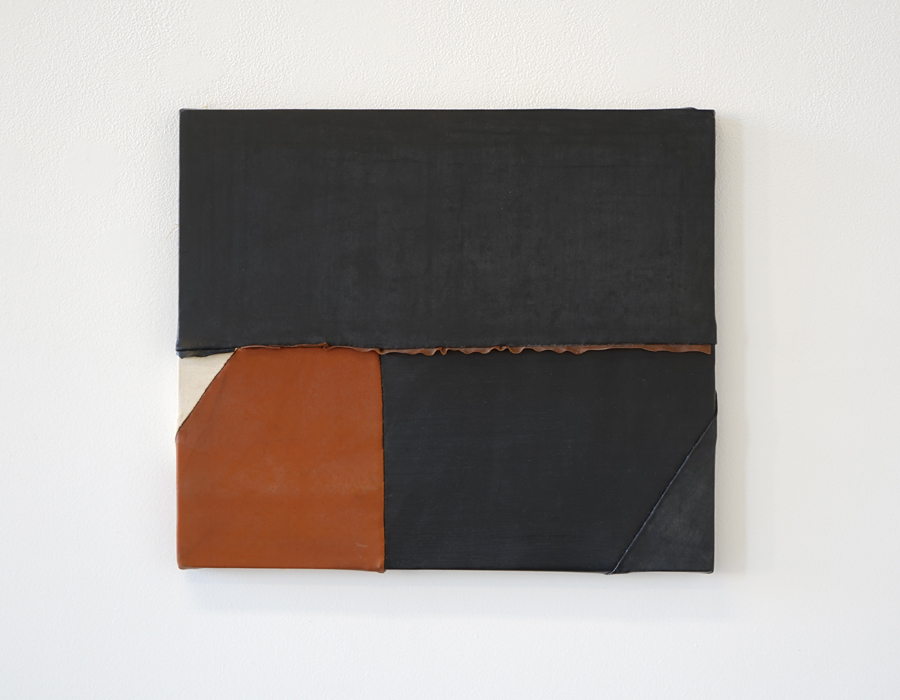
Yoshishige Furukawa
D-21
1975
industrial rubber, thread, canvas
45,7 by 53 cm
18 by 20 7/8in.
 C-22, 1976
C-22, 1976
Yoshishige Furukawa
C-22
1976
industrial rubber, vinyl, canvas, thread
84 by 89,5 cm
33.1 by 35.2 in.

Yoshishige Furukawa
Untitled
1982
graphite and charcoal on Arches paper
ca. 29.75 by 41.3 in. (ca. 76,6 by 105 cm)
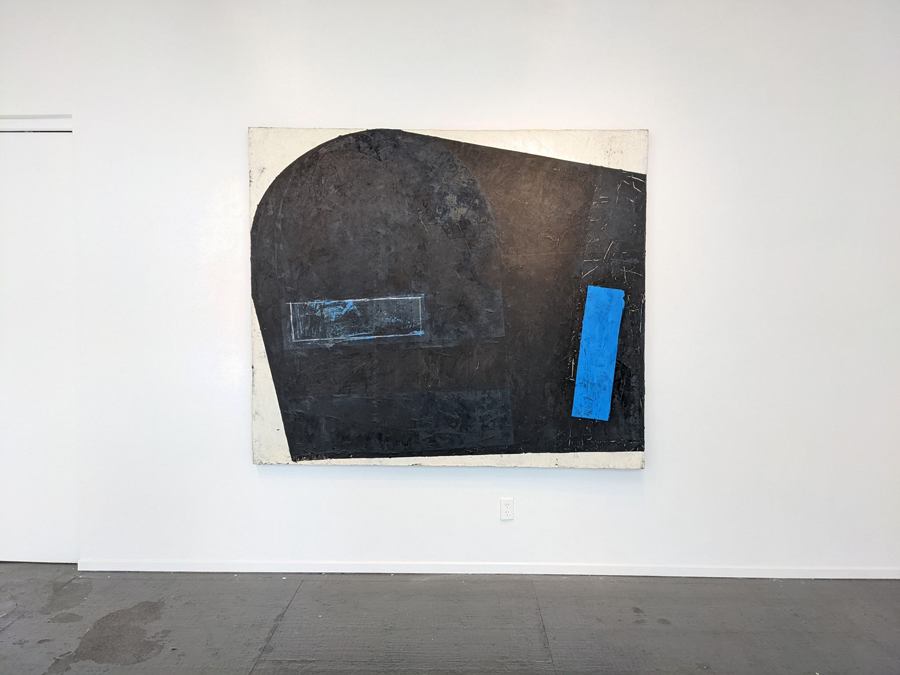 Yoshishige Furukawa, "L3-1", 1986
Yoshishige Furukawa, "L3-1", 1986
Yoshishige Furukawa
L3-1
1986
acrylic on canvas
177,8 by 208,3 cm
70 by 82 in.
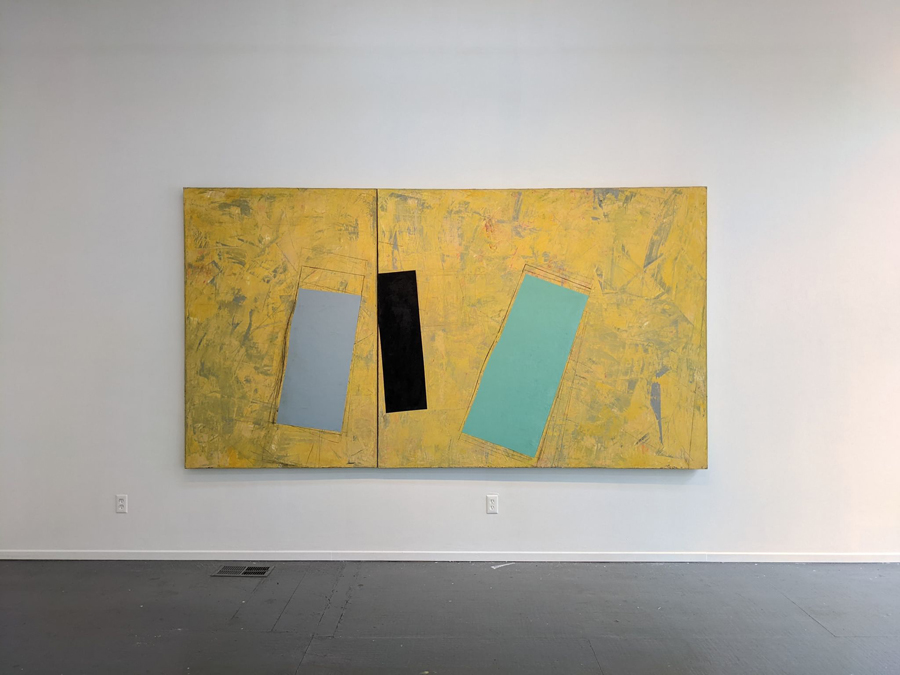 Yoshishige Furukawa, "L11-2", 1992
Yoshishige Furukawa, "L11-2", 1992
Yoshishige Furukawa
L11-2
1992
acrylic on canvas
177,8 by 330,8 cm
70 by 130.25 in.
comprised of two individual sections of 70 by 48 in. (177,8 by 121,9 cm) and 70 by 82.25 in. (177,8 by 208,9 cm)
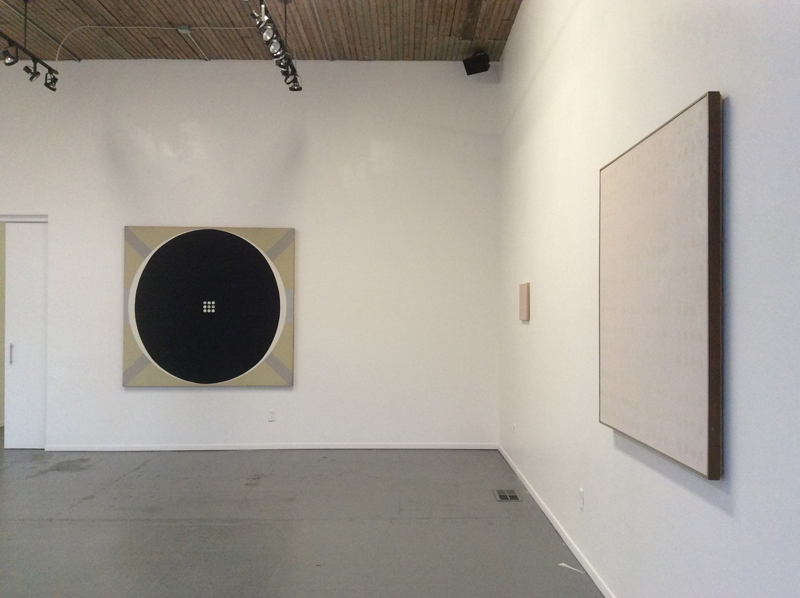
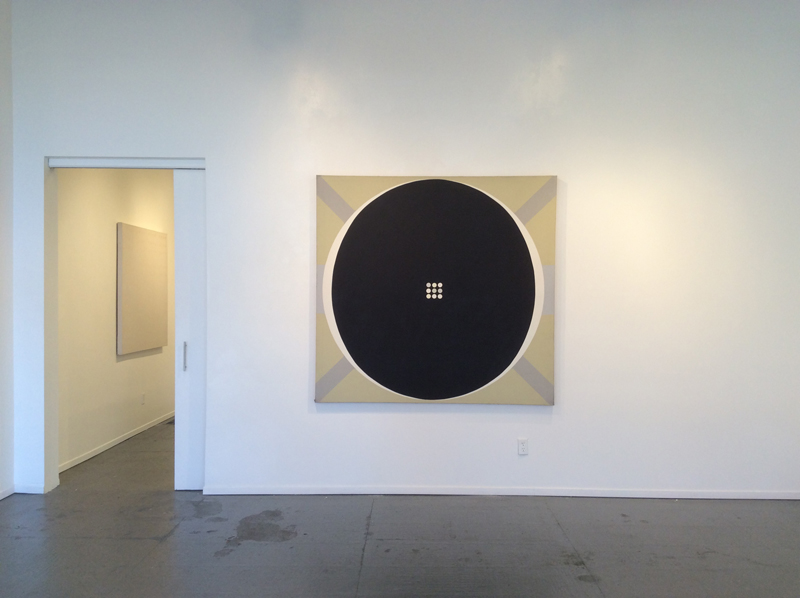
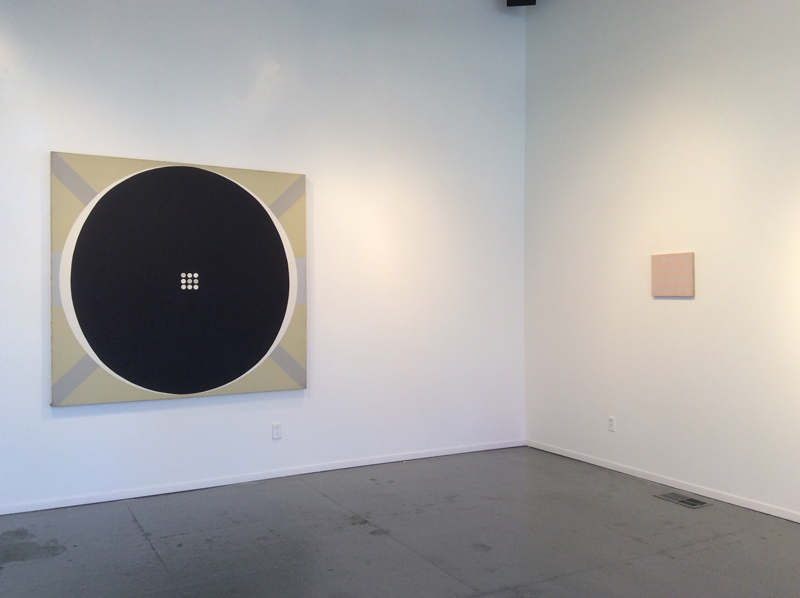
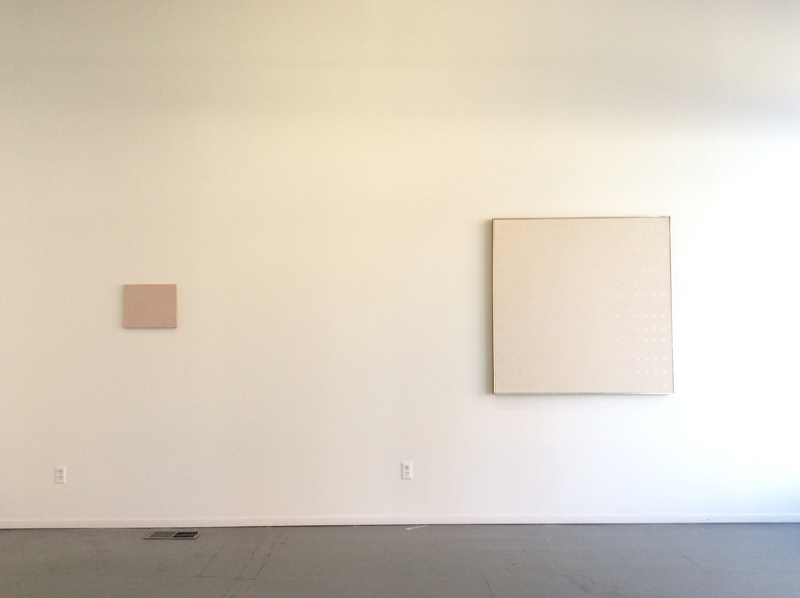
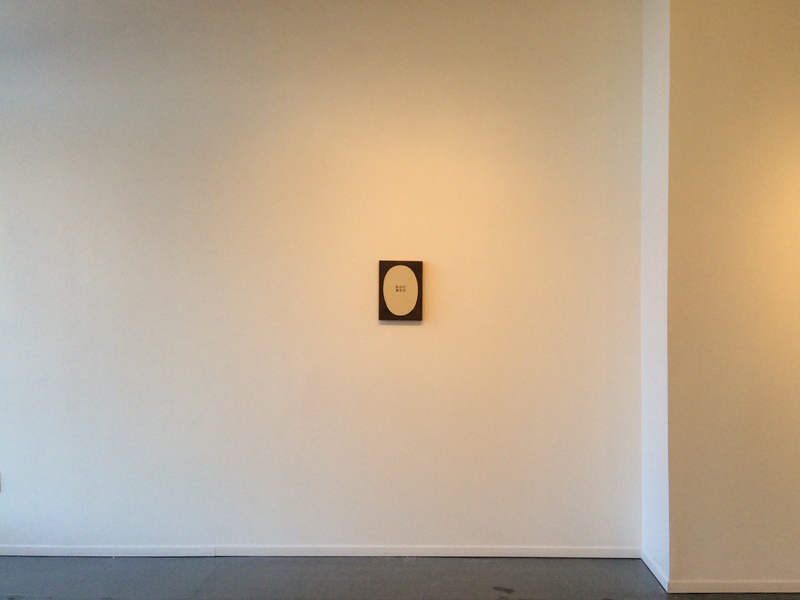
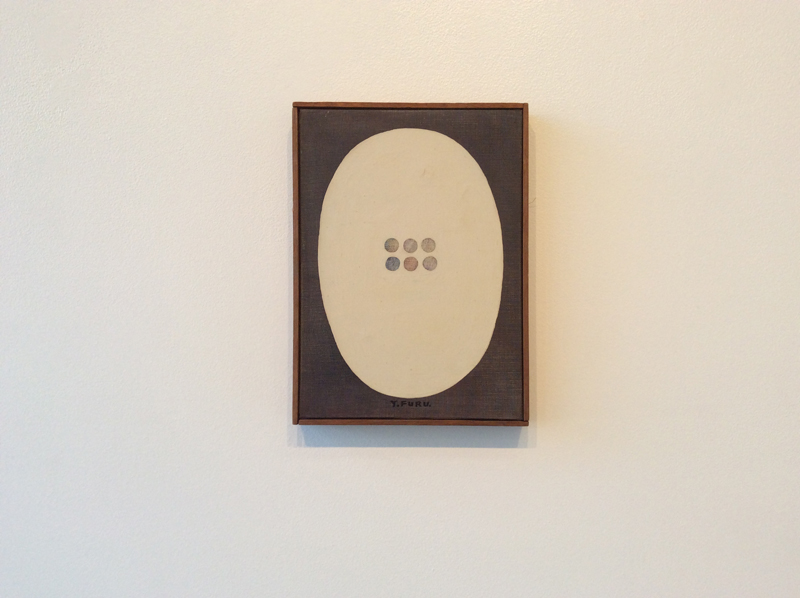
click on logo to read the review Rob Clayton wrote on Yoshishige Furukawa's exhibition "Black Rubber Sheet" for Hyperallergic
Yoshishige Furukawa spent his career testing the limits of painting through a dedicated engagement with American art trends and unconventional materials. beta pictoris gallery is thrilled to present works from Furukawa’s Black Rubber Sheet series, a body of work which began and evolved through the 1970s.
A formal evolution is evident in a chronological examination of the works from Furukawa’s Black Rubber Sheet series. The earliest paintings are monochrome yet playful due to Furukawa’s use of rough-hewn geometric shapes, where edges of appliquéd canvas are allowed to fray, and grommets and the heads of nails run a wavering line across the composition. White paint unifies these elements while highlighting their forms; as time progresses, however, Furukawa rejects this whitewashing in order to showcase the inherent colors and textures of his materials. Raw canvas ripples across these picture planes, alongside sheets of rubber whose uneven surfaces, flaws, and rips are elevated into artistic gestures. The anthropomorphic aspect of these works becomes increasingly evident as the series progresses: peachy-pink canvas resembles skin; a crevice formed between grommet-pinched sheets of rubber appears like a corset.
Furukawa wrote in 1997 that, “I am most interested in developing a visual space with color and forms on a visual plane…When I am out walking, I may see a road, a construction site, working people, a tree, or the sky, and I try to incorporate the feeling of these visual physical things in my work. All of them have the power to cause me to ponder the relationship between the physical shape or material and mental reaction.” In the Black Rubber Sheet series, Furukawa’s experience of the 70s—New York City streets, Minimalist art—is distilled into these evocative works, which gesture at many things while remaining ambiguous, and a bit coy.
Japanese artist Yoshishige Furukawa’s paintings shown in the Black Rubber Sheet exhibition date from 1972 to 1976, and are part of, or relate to, the artist’s important and rare black-rubber-sheets series created while living in New York, where the artist moved to from Japan in 1963. The non-color of black and the solid sense of the material of rubber reflected a rather reticent and ascetic impression of 1970’s art. Despite this, the various variations that were woven by the black geometric forms in triangles, squares and polygons continued to evoke dynamic senses of motion and expression that were alike in appearances but different in nature from the regularly repetitive element inherent to Minimalism.
Furukawa’s Oeuvre was recently the subject of a major retrospective at the Fukuoka Prefectural Museum of Art. The paintings shown here were included in said retrospective, and several of them are included in the exhibition’s publication.
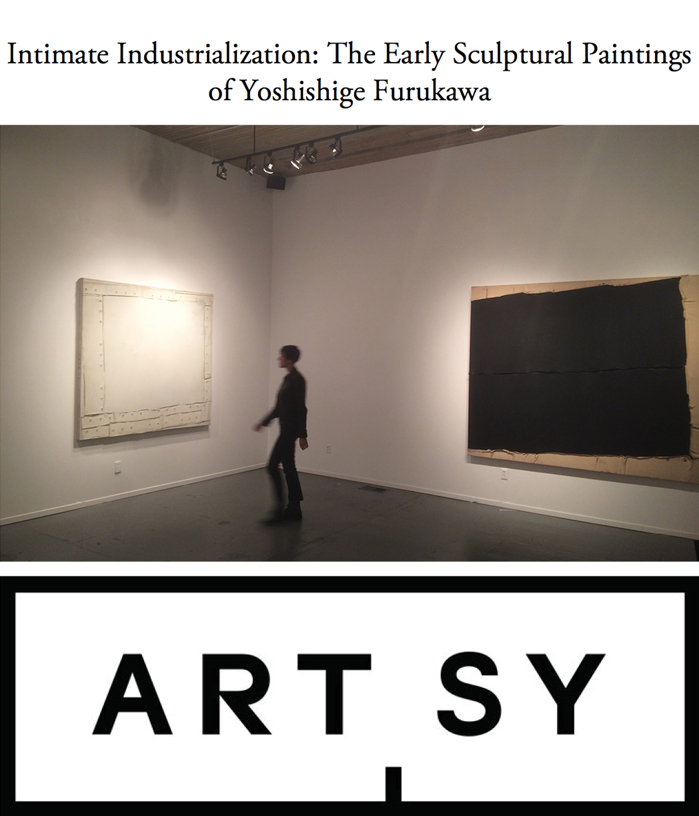 click image to read the article
click image to read the article
click image to read the article
 installation view of the exhibition "Black Rubber Sheet" at beta pictoris gallery
installation view of the exhibition "Black Rubber Sheet" at beta pictoris gallery
 installation view of the exhibition "Black Rubber Sheet" at beta pictoris gallery
installation view of the exhibition "Black Rubber Sheet" at beta pictoris gallery
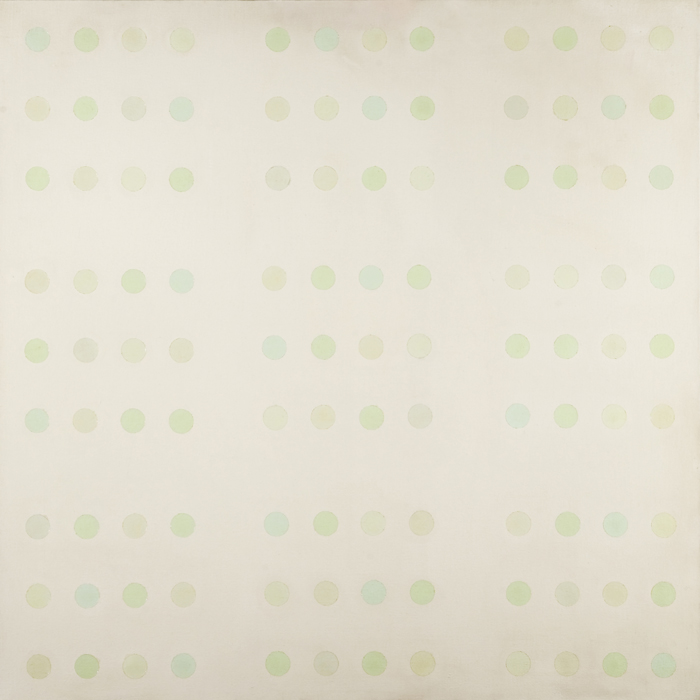
Yoshishige Furukawa
No. 60 VARIATIONS
January 24, 1968
oil and enamel on canvas
84 by 84 cm
33 by 33 in.
private European collection
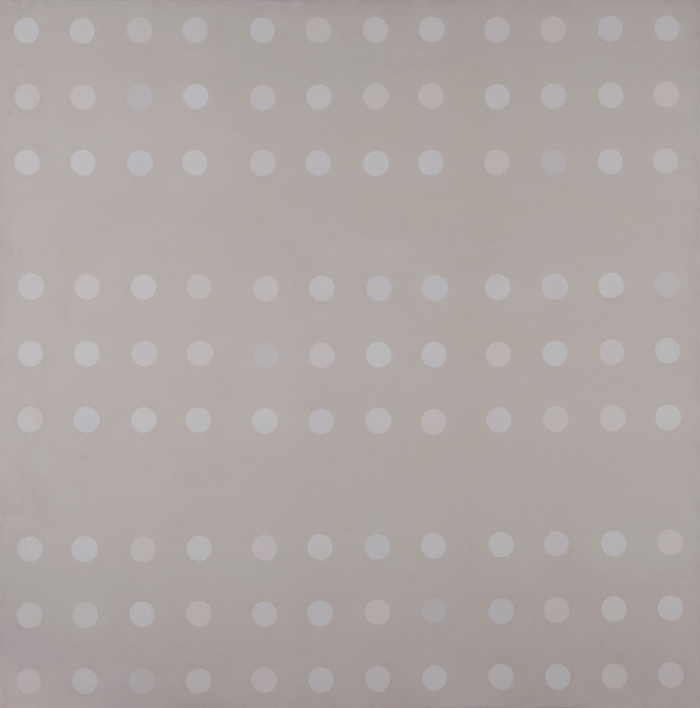
Yoshishige Furukawa
SA-12
ca. 1967
oil and enamel on canvas
84 by 84 cm
33 by 33 in.
private US collection
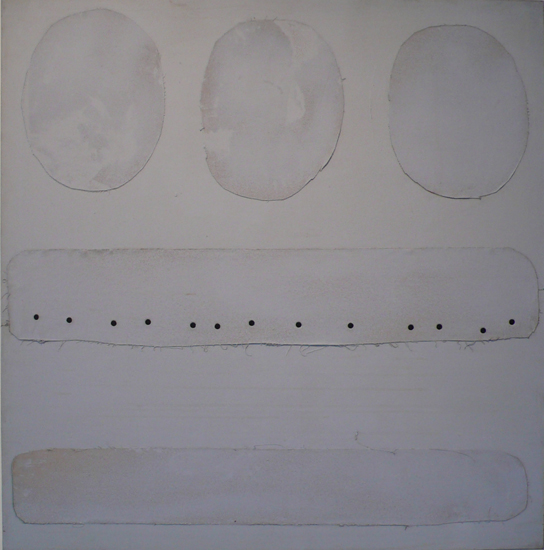
Yoshishige Furukawa
Untitled
1972
oil, gesso, and canvas collage on canvas
127,5 by 125 cm
50.25 by 49 in.
private US collection
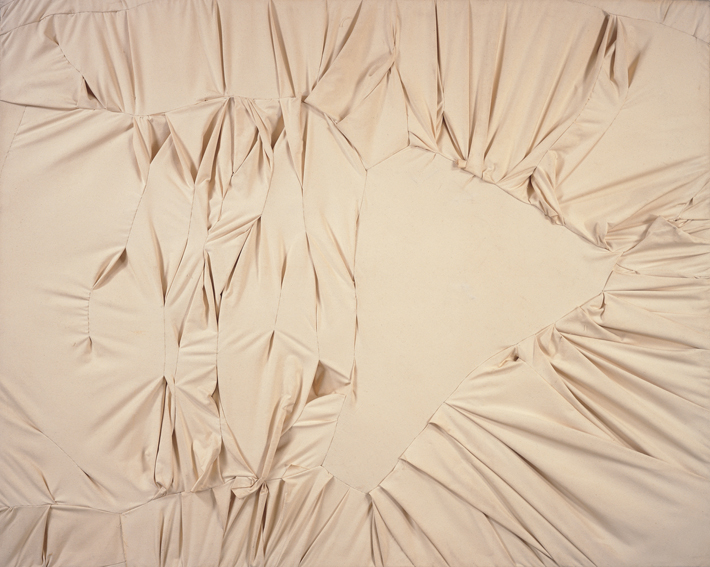
Yoshishige Furukawa
Untitled
1973
canvas and thread on canvas
182 by 227 cm
71.5 by 89 in.
private European collection

Yoshishige Furukawa
C-3
1975
canvas, rubber, and thread on canvas
84 by 89.2 cm
33 by 35 in.
private US collection
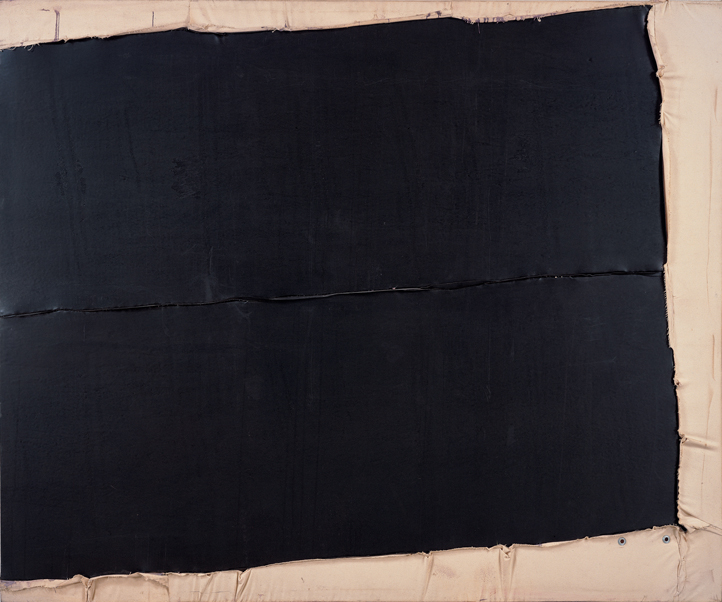
Yoshishige Furukawa
Untitled
1975
canvas, rubber, metal and thread on canvas
192 by 229 cm
75.5 by 90 in.
private European collection
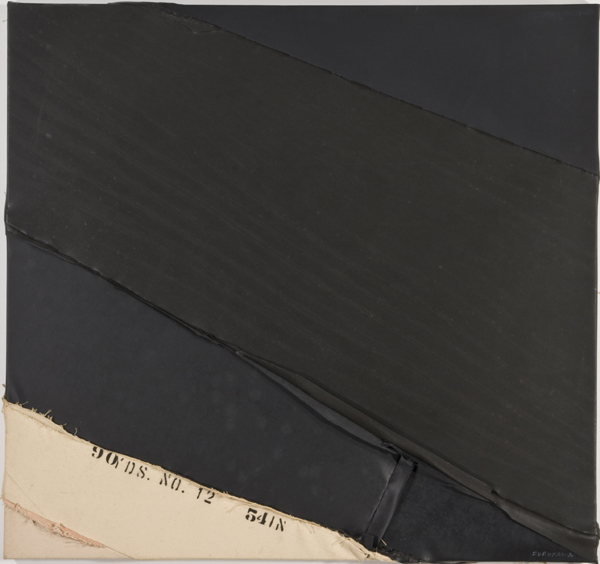
Yoshishige Furukawa
C-6
1976
canvas, rubber, and thread on canvas
88.8 by 89.6 cm
35 by 35.25 in.
private US collection
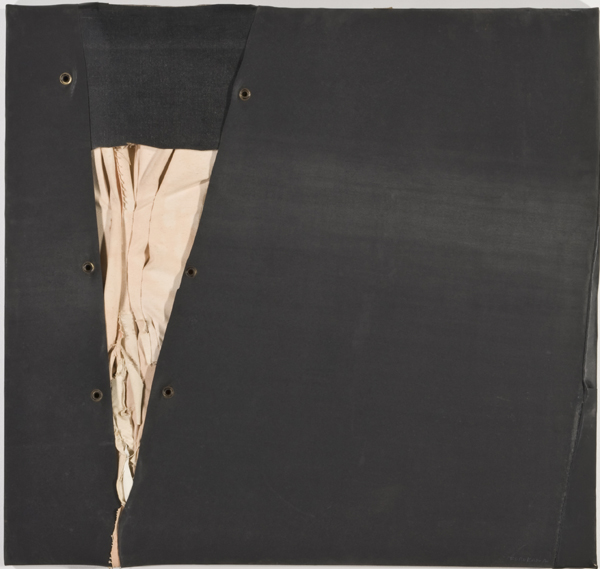
Yoshishige Furukawa
C-7
1976
canvas, rubber, metal, and thread on canvas
84.5 by 89 cm
33.25 by 35 in.
private US collection
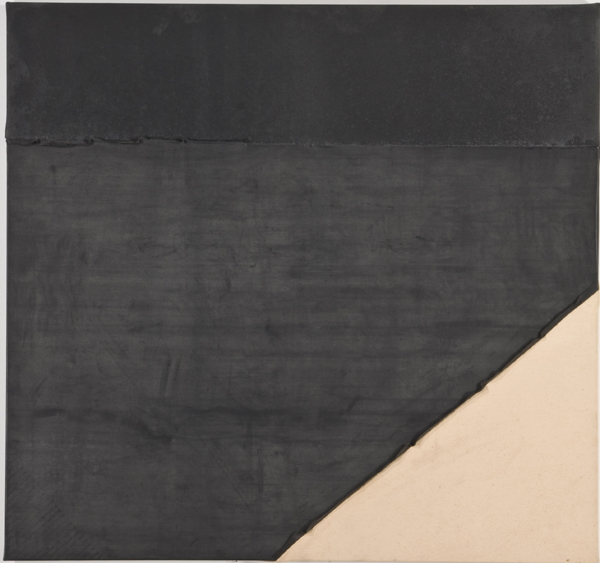
Yoshishige Furukawa
C-9
1976
canvas, rubber, and thread on canvas
84 by 89.2 cm
33 by 35 in.
private European collection
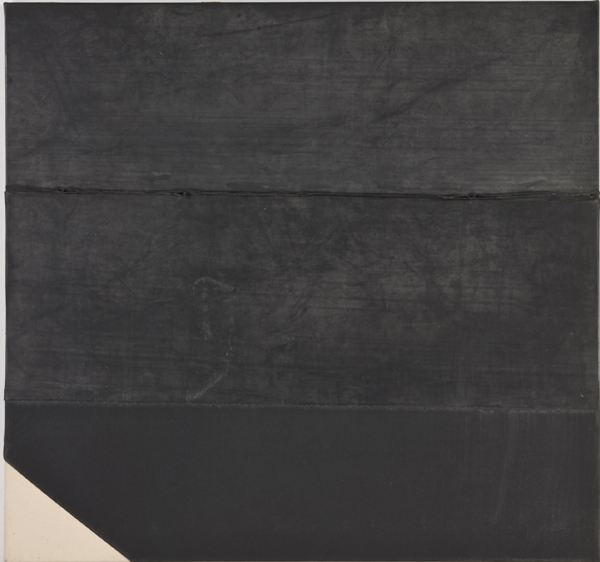
Yoshishige Furukawa
C-12
1976
canvas, rubber, and thread on canvas
83.7 by 89 cm
33 by 35 in.
private European collection
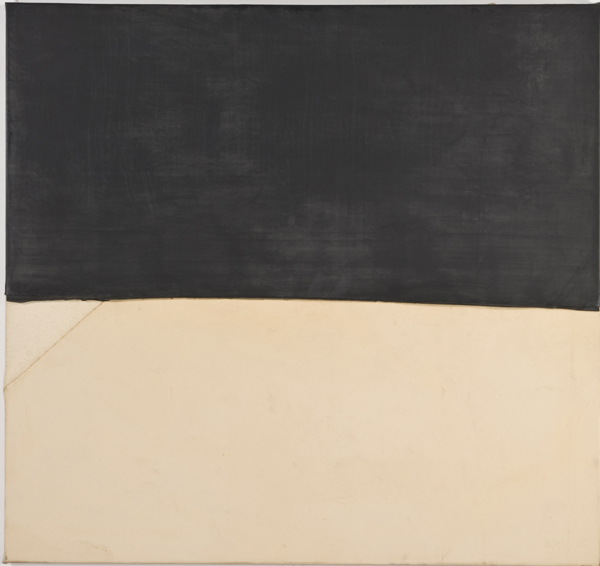
Yoshishige Furukawa
C-17
1976
canvas, rubber, and thread on canvas
84 by 89.2 cm
33 by 35 in.
private US collection

